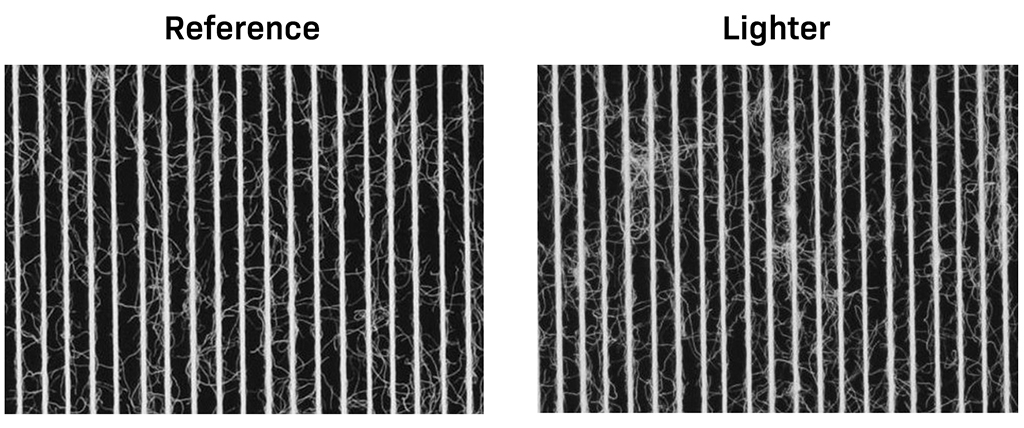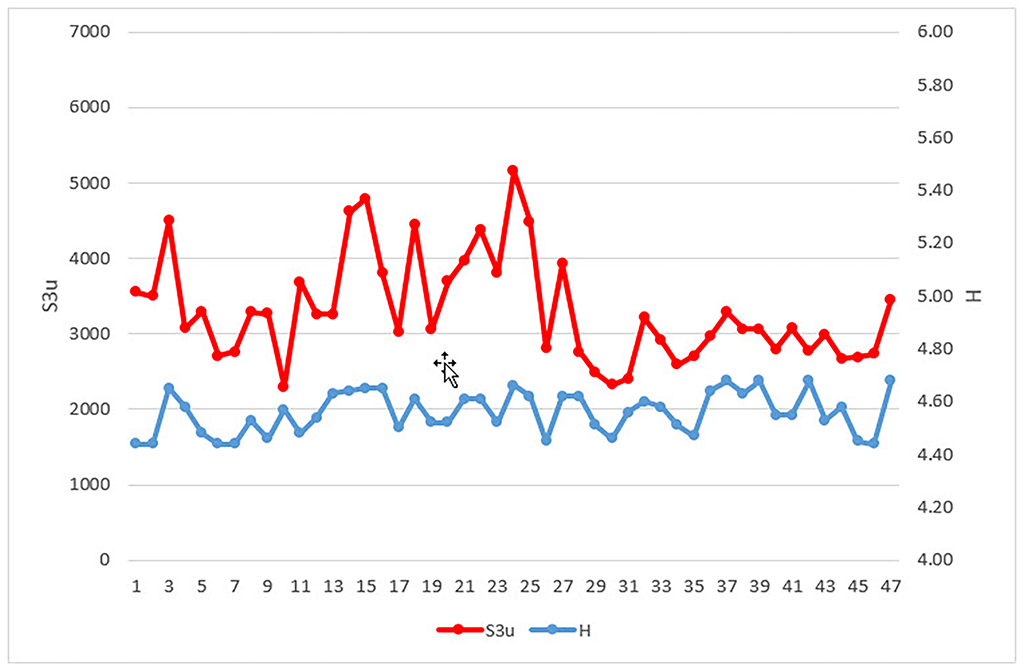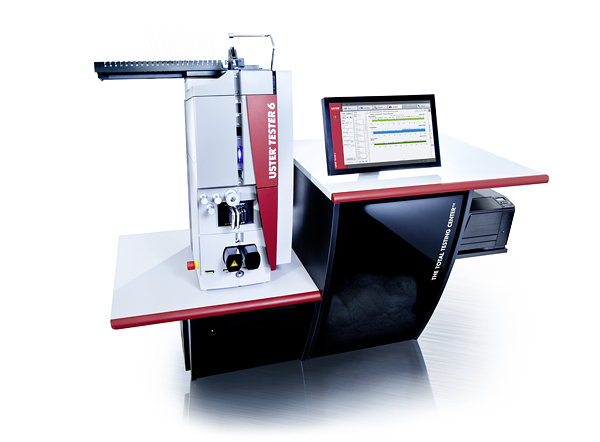Spinners can now obtain full details of yarn hairiness values, thanks to the Optical Hairiness (OH) and Hairiness Length Classification (HL) sensors available with Uster Tester 6. Hairiness is a vital parameter, and mills can use these insights to optimize spinning operations for consistent quality and profit. For example, they can choose the best possible application of ring travelers to achieve the right balance between spindle speed, energy consumption and yarn quality.

This unique advantage brought by the Uster sensor combination allowed two spinning mills in India to select exactly the correct traveler types and usage profiles to target energy reductions and profit increases – based on the critical hairiness quality data provided.
The Uster Tester 6 is the undisputed heart of the textile laboratory, acknowledged as the global standard – and celebrating its 5th anniversary. It enables complete evaluation of hairiness, thanks to the Sensor HL for Hairiness Length Classification. Sensor HL provides S3u, S1+2u values and classification in seven length classes. Its measuring principle focuses on the real length of the protruding fibers, for the ultimate in useful data. Combined with the established Sensor OH, spinners can manage every hairiness testing need, for yarn engineering, maintenance optimization, consistent quality and profits.
Sensor HL guides efficiency
In one practical example, an Indian spinner wanted to test the option to use a lighter traveler to increase the spindle speed, thus giving higher production and less energy consumption.
Producing a 100% combed cotton Ne 40 ring yarn, the mill ran trials comparing its normal traveler with one of a lighter weight. The test results showed that the changed traveler weight had no influence on evenness or neps. The standard hairiness values showed a minimal increase of 5%. But it did have a huge effect on the longer protruding fibers. The lighter traveler showed an increase of 22% for S3u longer fibers.

Only the measurements from Sensor HL allowed the spinning mill to prevent an expensive claim – because the influence of the lighter traveler was only on the long protruding fibers, and therefore not visible with other sensors. This demonstrates the possibilities of Sensor HL in optimization of ring traveler selection, when seeking benefits in spindle speed and energy consumption. In this case, the results showed that it would be better to stay with the original traveler rather than a lighter type.
The combination of hairiness sensors OH and HL is the assurance against quality claims and also the optimum for yarn engineering. Sensor HL has the high sensitivity needed for use in yarn engineering, in identifying long protruding fibers likely to cause pilling, and for machine checks.
Sensor HL provides cost savings
The purpose of a second trial was to evaluate the behavior of the ring traveler throughout its life cycle, using Uster Tester 6. This trial was conducted at an Indian mill producing a 100% viscose Ne 30 ring yarn with an expected traveler lifetime of eight days. In the trial, 10 cops from the same ring spinning frame and spindle were measured with Uster Tester 6 after every doff, spanning 47 different doffs in total.
After eight days and 47 doffs, there was no significant change in either hairiness or S3u values. All other quality data – such as neps and S1+2u – also showed no difference. These results proved that the useful life of the traveler could easily be extended.
The potential financial impact of extending traveler lifetime by two extra days was calculated. This spinning mill has a total of 80,000 ring spindles – 1,600 per machine – and produces an average yarn count of Ne 30. The calculations showed that the mill could save annually US$ 16,985 by extending the traveler lifetime by two days. In fact, even a smaller mill with 35,000 ring spindles would save US$ 7,431 per year on the same basis.
The trial results provide an impressive demonstration of the significant financial savings a spinning mill could make by using the hairiness measuring capabilities of Sensors OH and HL with Uster Tester 6.

Outlook – and imagination
The Uster Tester 6 measures characteristics such as evenness, imperfections, hairiness, hairiness length classification and yarn count – all at the same time and on the same piece of yarn, at test speeds of 400 or 800 m/min. The newly-developed Sensor HL on Uster Tester 6 gives spinning mills have one more sensor, to react faster, to improve quality or prevent expensive claims and to tap into savings potential in production.
Even more added value comes with the combination of data from various instruments through Uster Quality Expert, hosted in Uster Tester 6 or as a standalone version. Full control from fiber to yarn in Uster Tester 6 as one online system was introduced in 2016. The system illustrates textile mills’ entire processes with key quality parameters in the right format at the right time. So this is also a 5th anniversary for mill analyses with meaningful quality comparisons, as well as for integrated application knowledge and focused management reports. All of them have leveraged even more profound and informed decision-making for half a decade.